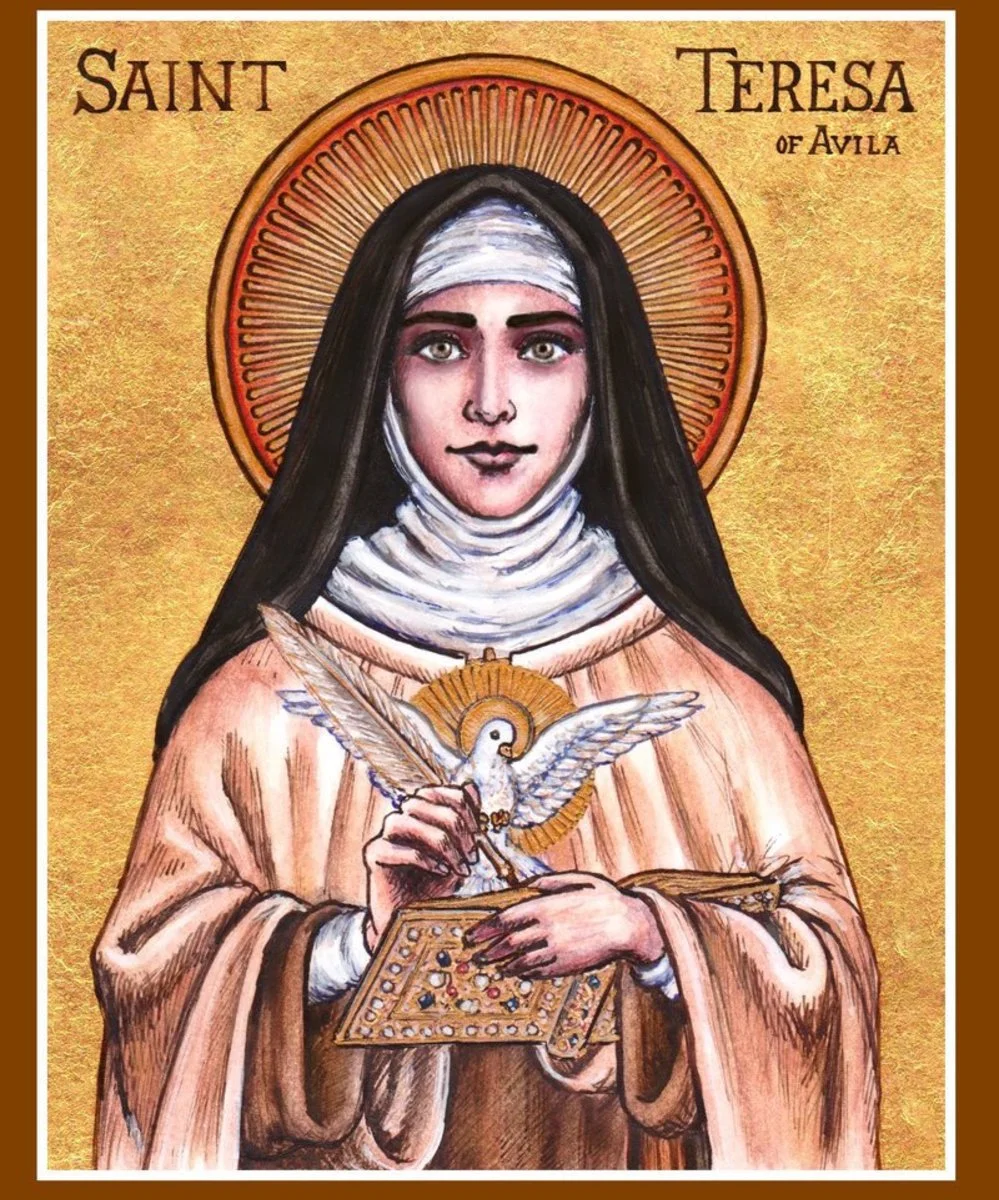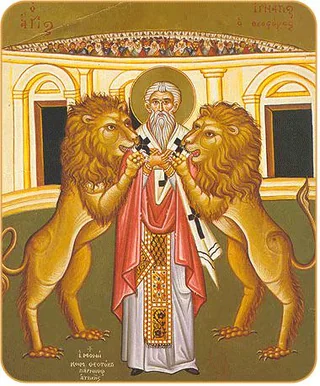Saints of October: Carlos Acutis, Teresa of Ávila, and Ignatius of Antioch
Each month, the church calendar invites us to pause and remember men and women whose lives bear witness to faith in extraordinary ways.
In October, we remember three saints whose stories remind us that holiness is possible in every era—whether you’re a modern teenager with a laptop, a reformer reshaping the church from within, or a first-century disciple walking the road to martyrdom.
St. Carlo Acutis (October 12)
Born in 1991, Carlo Acutis is often called the first millennial saint. From an early age, he combined his love for technology with his devotion to God. Before his death from leukemia at just 17, Carlo created a website cataloging every known Eucharistic miracle in the world—using the digital tools of his generation to help others encounter the sacred.
He showed that holiness isn’t reserved for monks or mystics; it can emerge from coding, curiosity, and creativity. Carlo’s life reminds us that faith is not about age or achievement, but about offering what we have in love.
“Doing what you can with what you have.”
Family reflection:
Carlo used his gifts to make the world more aware of God’s presence.
What are some skills or talents you have that could influence the world around you for good?
St. Teresa of Ávila (October 15)
Born in 1515, Teresa of Ávila was a Spanish mystic and reformer whose influence still echoes through the church today. She helped renew the Carmelite order during the Counter-Reformation and wrote one of the great classics of Christian spirituality, The Interior Castle.
In it, Teresa compared the soul to a castle filled with many rooms—each one representing a deeper way of living in relationship with God. For her, prayer wasn’t a ritual to perform but a way of being fully alive.
Italian sculptor Lorenzo Bernini later captured Teresa’s mystical experience of divine love in his famous statue The Ecstasy of St. Teresa, depicting her vision of being pierced by the love of God “like an arrow to the heart.”
Her words still challenge us to slow down and come home to ourselves:
“What could be worse than not being at home in our own house? What hope do we have of finding rest outside of ourselves if we cannot be at ease within?”
“There is no life more real than the interior life of the soul.”
Family reflection:
Teresa believed that part of loving God meant being at home within yourself.
What is something about yourself that you like?
Take turns as a family naming things you appreciate about each other.
St. Ignatius of Antioch
(October 17)
Born in Syria, Ignatius of Antioch became bishop of the very city where followers of Jesus were first called Christians.During the reign of the Roman Emperor Trajan, Christians were given an ultimatum: deny your faith and live, or remain faithful and die.
Ignatius chose faith. As he was escorted from Antioch to Rome—a journey of nearly 1,800 miles—he wrote seven letters to Christian communities along the way. His words encouraged them to remain steadfast in their faith and to love one another deeply.
Tradition holds that Ignatius was eventually martyred by lions in the Colosseum. His letters became part of the writings known as the Apostolic Fathers, a bridge between the apostles and the early church. Some traditions even suggest that Ignatius and his friend Polycarp were disciples of the Apostle John himself.
His life and his letters remind us that courage doesn’t erase fear—it chooses faithfulness in the face of it.
“Encouragement is a form of courage.”
Family reflection:
Ignatius wrote letters to encourage others as he faced his own trials.
If you could send one message to encourage people today, what would you say?
Ordinary Holiness
Carlo, Teresa, and Ignatius lived in vastly different times, but their stories share a common thread: ordinary people responding to God with the time, tools, and courage they had.
Their lives invite us to see holiness not as perfection, but as participation—to live faithfully in our moment, with open hearts and willing hands.



